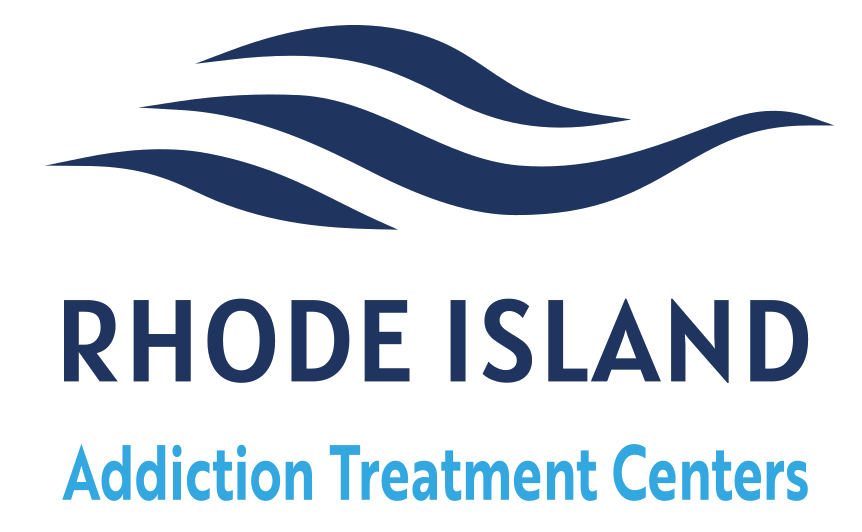How Outpatient Mental Health Care Helped a Coventry Student Heal After Bullying
Fifteen-year-old Liam was a quiet kid at his high school in Coventry. He loved drawing and looked forward to every soccer practice. But things slowly changed. A few classmates started picking on him. First small comments in the hallway, then posts online. Soon, it turned into constant teasing, rumors, and being left out. What felt like jokes to others started to feel crushing to Liam.
At home, Liam pulled away from everyone. He stopped drawing, wasn’t sleeping well, and started missing classes. His parents noticed he got irritated over small things and kept saying he felt stupid.
One night, they found messages on his phone that suggested he’d been thinking about hurting himself. Scared and unsure, they reached out to Rhode Island Addiction Treatment Centers for help.
Why This Matters: Teen Mental Health and Suicide Risk
Teen mental health struggles are sadly common and serious. The 2023 CDC Youth Risk Behavior Survey found that about 20.4% of high school students seriously considered attempting suicide in the past year, and 9.5% actually attempted suicide. These numbers indicate how real and urgent this problem is!
Research also links bullying to higher suicide risk. Studies suggest victims of bullying can be 2 to 9 times more likely to report suicidal thoughts. This connection is important when deciding how to help a teen like Liam.
First Contact: The Family Reaches Out
Liam’s parents called Rhode Island Addiction Treatment Centers and described the change in him: less interest in school, more isolation, and those alarming messages. Our team listened patiently and scheduled an outpatient psychiatric evaluation that week. This was a careful choice; outpatient mental health care would let Liam keep attending school and stay at home, while getting structured help.
During the first visit, our therapist asked Liam some gentle questions about his sleep, mood, school, and if he had any thoughts of hurting himself. The therapist also met with his parents separately to discuss how to keep him safe at home. They talked about who would be with Liam in the evenings, how to supervise his phone and social media use, and what signs should lead to immediate action.
Our team checked how Liam is doing and what he needed to stay safe. Then we built a plan that protected him while still fitting into his school and family routine.
The Outpatient Mental Health Treatment Plan
Based on the evaluation, our licensed therapists created a personalized outpatient plan for Liam. The plan aimed to reduce immediate risks, help him build emotional strength, and provide him with tools to handle bullying and its effects. Liam would continue to stay at home and attend school during this process.
Key parts of his plan included:
Weekly Individual Therapy (CBT-focused)
Liam met with a therapist to discuss his negative thoughts, like feeling worthless. He learned how to think in healthier ways and practiced taking small steps to engage with others again.
Skills Groups for Teens
A small group of people of the same age helped him practice how to communicate, be assertive, and calm his emotions with others who faced similar stress.
Family Sessions
Parents learned how to respond without making their children feel ashamed. They learned to listen and provide emotional safety. They also learned to recognize warning signs and to remove anything in the home that could cause harm.
Psychiatric Check-ins
A psychiatric provider evaluated sleep and mood, and after careful discussion, decided a short course of medication might stabilize Liam enough to engage in therapy.
School Coordination
With the family’s approval, we worked with a school counselor to create safety measures, change Liam’s schedule if needed, and handle bullying incidents using the school’s policies.
Because Liam stayed in his daily environment, he could use new skills in real situations, like a hallway confrontation, a group project, or a difficult family dinner. This practice made therapy feel practical and relevant.
Turning Points: Small steps, Big meaning
After a few weeks, some small but important changes appeared.
- Liam slept more hours and woke with slightly less dread.
- He learned a short grounding practice to stop a panic attack before it took over.
- When a classmate taunted him, he used a rehearsed line to remove himself from the situation rather than react impulsively.
- In group therapy, he heard other teens call out similar hurts. That helped him feel less alone.
Liam’s parents noticed him drawing again, first in short bursts, then longer. Grades that had slipped started to improve. And most importantly, the suicidal messages stopped, and Liam reported fewer dark thoughts!
Why Outpatient Mental Health Care Fits this Case?
Outpatient treatment worked well for Liam for several reasons:
-
He Needed Protection, Not Isolation
He was safe at home with a safety plan in place; removing him from school might have severed his support system.
-
Skill Practice in Real Life Mattered
Practicing coping in the school hallway was more helpful than rehearsing it in a closed space.
-
Family Involvement Played an Important Role
Parents had direct access to the therapist to learn how to respond and support without micromanaging.
-
Coordination with the School Increased Safety
Working with the school helped reduce bullying incidents and created accountability.
Many teens who face bullying can benefit from outpatient programs like the ones at Rhode Island Addiction Treatment Centers. These programs offer immediate care that is professional, but also fits into the daily lives of the teens.
From Crisis to Resilience
Liam’s story is one of many teens who suffer in silence after being bullied. With the right support, quick assessment, and an outpatient mental health plan that includes therapy, family involvement, school coordination, and focused psychiatric care, teens can recover while continuing their everyday lives.
If you’re in Coventry and worried about your child, Rhode Island Addiction Treatment Centers offers outpatient programs designed for adolescents, with safety-first care that fits real family life.
Reaching out early can make the difference between a scary moment and a stable path forward!

